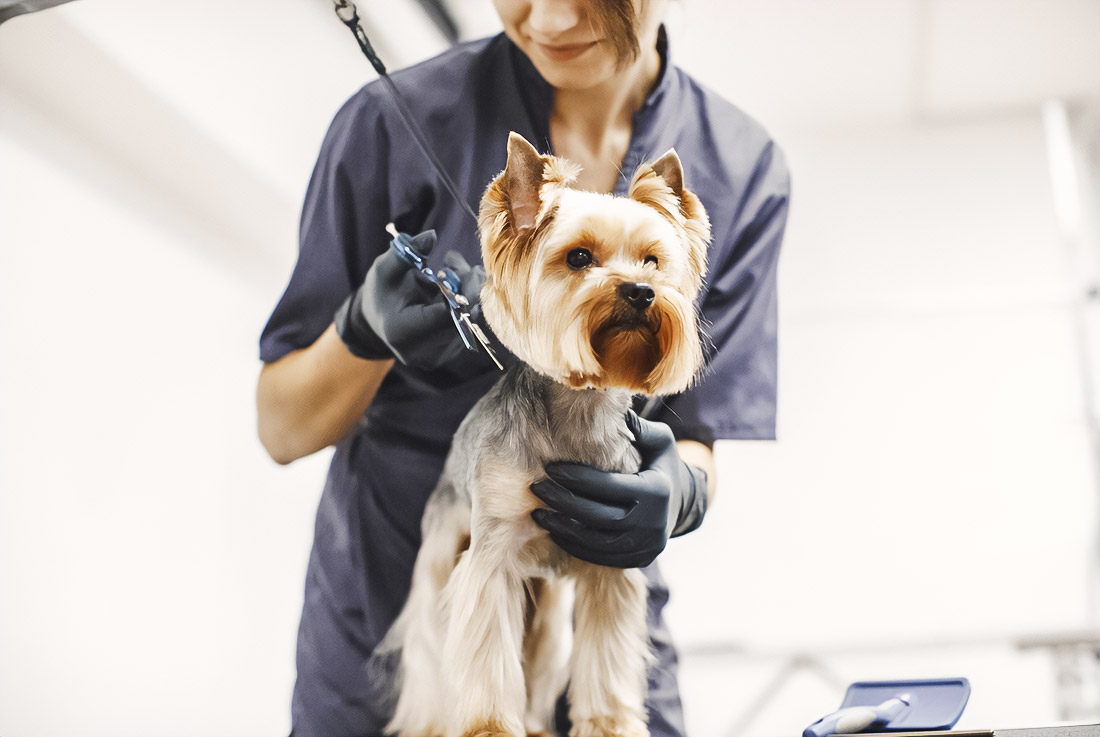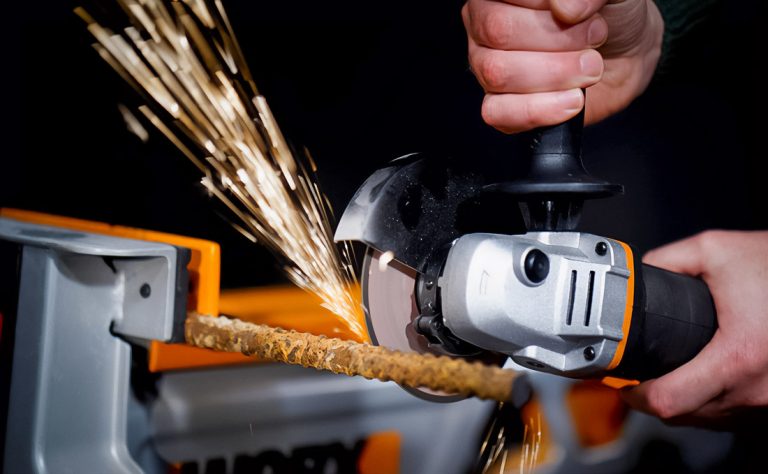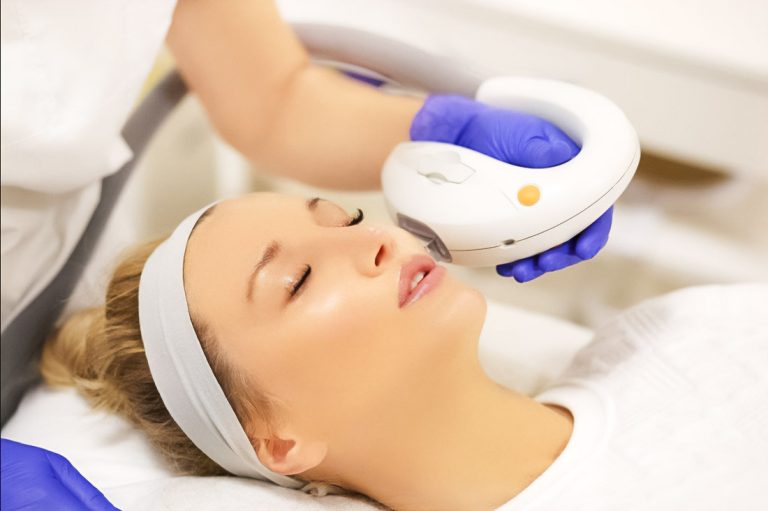Veterinary dentistry is an integral part of comprehensive care for four-legged friends. Dental health animals play critically important roles in their overall well-being. According to data, 85% of dogs older than three years observe dental problems. Diseases in teeth and gums can significantly worsen the quality of life, lead to pain and discomfort, and also cause a serious decrease in the level of life due to possible systemic diseases. Over more than twenty years of my career, I saw that regular prevention and timely treatment of dental diseases contributed to an increase in the life expectancy of pets by 30-40%. For care about the health of your pet, recommended contact in pet clinic Dubai.
Key role veterinary dentistry: statistics and facts

Use dental X-rays — an important tool in the arsenal of veterinary dentistry. Modern research shows that in 60-70% of dogs and cats, dental problems remain hidden and unnoticed without radiological examination. Digital X-ray machines become all more popular, offering accuracy of up to 98% and speed in visualization of dental structures, roots, and bones, which is impossible at the ordinary examination. This allows successfully detecting and treating up to 95% of diseases at early stages.
Breakthrough technologies: x-ray research in veterinary practice
X-ray technologies are important not only in diagnosis but also in planning treatment. They help veterinary dentists develop plans with an accuracy of up to 90%, minimizing risks and improving prognosis. For example, when removing a tooth, an X-ray helps determine the shape and position of roots, reducing the probability of complications by 40%. Also, control with the help of X-ray provides 95% accuracy in process healing and prevents possible postoperative complications. Learn more about dental diseases animals can on Wikipedia.
Diagnosis based on data: how many problems hide x-ray

- Root diseases: Detection diseases roots, which remain unnoticed in 75% of patients at ordinary examination.
- Abscesses: X-ray helps detect abscesses, bone lesions, fractures, and other pathologies, separating them from soft tissues with an accuracy of up to 85%.
- Directly to source pain: In the absence of visible symptoms, an X-ray allows the detection of hidden pain and infections in 70% of animals.
How X-ray helps build plans treatment: approaches and examples
Diversity species animals needing dental care require a special approach. This is important since, precisely, anatomy and physiology determine the best way to use X-ray technologies. For example, 90% of cats require a different approach than dogs, while exotic animals, such as rabbits and reptiles, make up about 15% of all patients but require the most accurate diagnosis. More detailed about physiology animals can read on Britannica.
Prevention as basis longevity: innovations in dental methods

- Early detection danger: Using x-ray images increases the success of early detection of dental problems by 60%, which prevents the occurrence of 75% of complications.
- Screening each stage: Detection of initial stages of diseases, such as caries or periodontitis, gives a chance to save up to 80% of teeth, avoiding surgical interventions.
Consideration lifestyle and species animals: creative approach to each case
Consider the case of an eight-year-old cat without visible problems but with reduced appetite. It turned out that an x-ray revealed a deep resorption root tooth. Not removing this tooth could shorten the life of the animal by a few years. In the second case, the dog suffered from the disease periodontium, but thanks to timely cleaning and therapy (probability success — more than 90%), it managed to preserve healthy gums and prevent the loss of teeth. Details about dental diseases animals also can find on veterinary.dm.gov.ae.
Final comments: when details determine quality life
Use dental x-ray images — this foundational element of successful veterinary care. They are the basis for timely diagnosis and highly effective treatment plans. Regular dental check-ups and radiological studies increase the chance of a long and healthy life in animals by more than 50%. Veterinary specialists and veterinarians must maintain a level of knowledge and understanding of the importance of dental health to ensure diligent care for pets and strengthen their health.

Skier, shiba-inu lover, band member, Mad Men fan and independent Art Director. Operating at the fulcrum of design and mathematics to craft experiences that go beyond design. I prefer clear logic to decoration.









